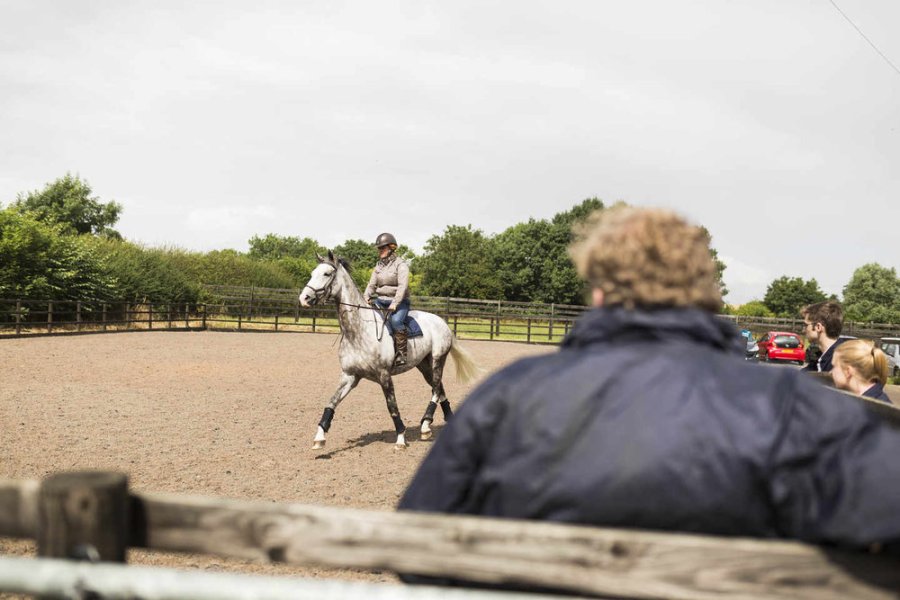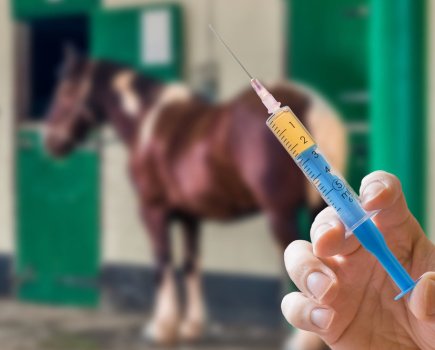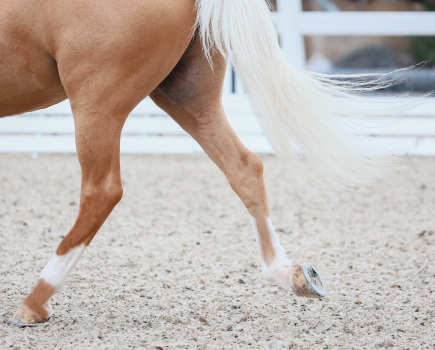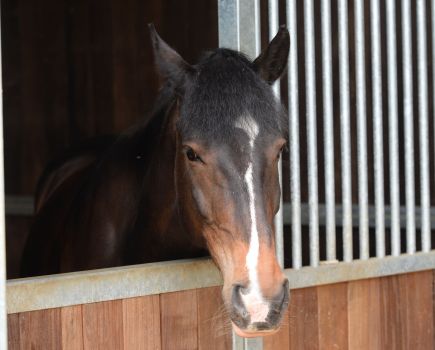Most vettings are what’s called five-stage clinical examinations, which involve a vet looking at the horse in-hand, under saddle and after exercise. Here’s a guide of the five stages.
Stage 1: Preliminary examination
This is a thorough external examination of the horse at rest using visual observation, palpation (touch) and manipulation to detect clinically apparent signs of injury, disease or physical abnormality.
It includes an examination of the incisor teeth, a thorough examination of the horse’s eyes in a darkened area and auscultation (listening) of the horse’s heart and lungs at rest.
It doesn’t include an examination of the inside of the horse’s sheath, a detailed mouth examination with a speculum, a height measurement or any examination for pregnancy.
Stage 2: Walk and trot in-hand
Here the horse is walked and then trotted in-hand to detect abnormalities of gait and action.
Ideally, this is carried out on firm, level ground. The horse is turned sharply each way and is backed for a few paces.
Flexion tests of all four limbs and trotting in a circle on a firm surface may also be carried out, but these aren’t mandatory parts of the standard procedure and there may be circumstances when the examining vet concludes that it’s unsafe, inappropriate, unsuitable or impossible to perform them.
Most purchasers expect them to be performed as they can provide useful additional information about a horse.
The pre-purchase examination (PPE) certificate records whether or not they were done, and, if not, the reason for omitting them.
Stage 3: The exercise phase
In this phase, the horse is usually ridden and given sufficient exercise to allow assessment when he has an increased breathing effort and heart rate.
This tends to include assessment of his gait at walk, trot, cancer and, if appropriate, gallop, and finally for the purpose for which he’s being purchased.
If ridden exercise isn’t possible for any reason, then this stage may be conducted by exercising the horse on the lunge, but this fact should be made clear on the purchaser and on the certificate.
Stage 4: Period of rest and re-examination
The horse is allowed to stand quietly for a period during which time his respiratory and cardiovascular systems are monitored as they return to resting levels.
Stage 5: Second trot-up
Finally, the horse is trotted in-hand again to look for any signs of strains or injuries shown up by the exercise and rest stages.
Once the PPE has been completed, the vet may report their findings and opinion to you verbally at the time or soon afterwards, as well as documenting them in a certificate that’s issued to you as the purchaser.
If the purchase doesn’t go ahead, a certificate may not be completed, unless you require one.
Certificates are not transferable to another purchaser – each vetting is unique to each potential buyer.









